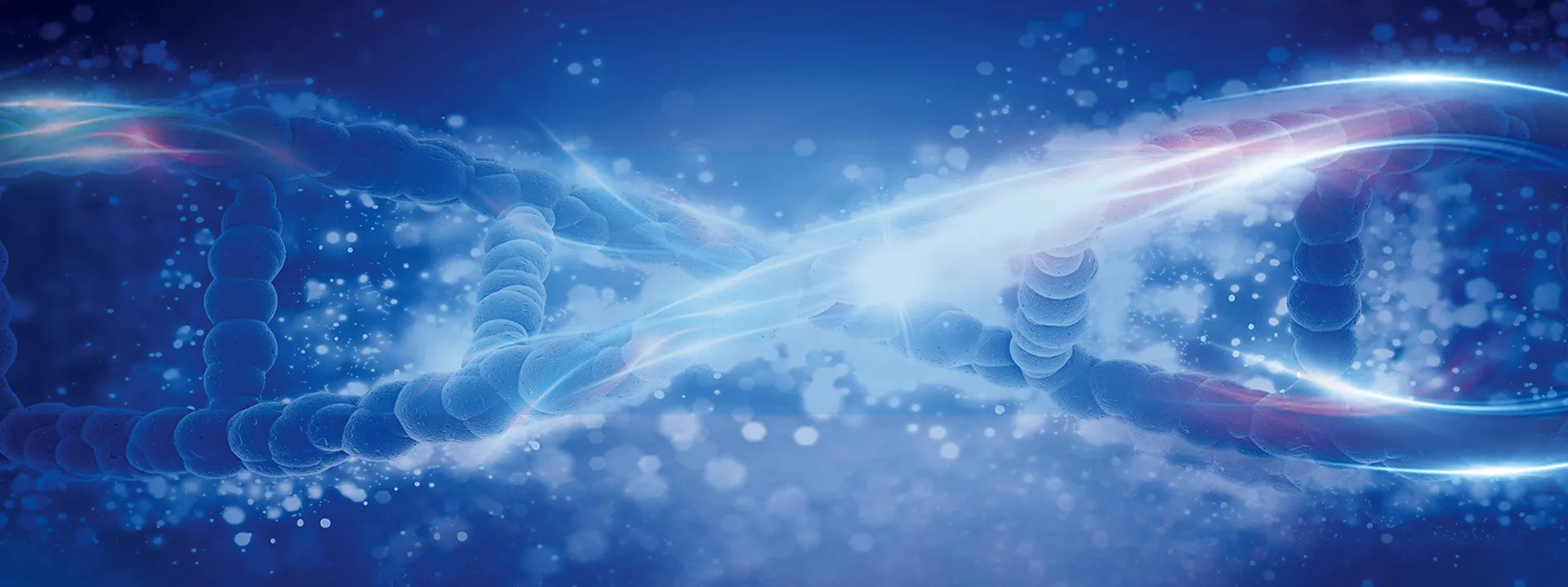HMGB-1 Polyclonal Antibody
- 货号:GA103750L

Price:
Size:
100 μL
25 μL
| Verified Samples |
Verified Samples in IHC: Human lung cancer |
| Dilution | IHC 1:100-1:350 |
| Clonality | Polyclonal |
| Isotype | IgG |
| Immunogen | Recombinant Human HMGB-1 protein expressed by E.coli |
| Abbre | HMGB-1 |
| Synonyms | HMG-1, HMG1, HMG1DKFZp686A04236, HMG3, HMGB1, High mobility group protein 1, SBP-1, Sulfoglucuronyl c, high mobility group box 1, high mobility group protein B1, high-mobility group (nonhistone chromosomal) protein 1, high-mobility group box 1, Amphoterin |
| Swissprot | |
| Concentration | 1 mg/mL |
| Storage | Store at -20°C Valid for 12 months. Avoid freeze / thaw cycles. |
| Buffer | PBS with 0.05% proclin 300, 1% protective protein and 50% glycerol,pH7.4 |
| Purification Method | Antigen Affinity Purification |
| Research Areas | Cancer, Epigenetics and Nuclear Signaling |
| Conjugation | Unconjugated |
| Background | Human High-mobility group box 1 protein (HMGB1), previously known as HMG-1 or amphoterin, is a member of the high mobility group box family of non-histone chromosomal proteins. Human HMGB1 is expressed as a 30 kDa, 215 amino acid (aa) single chain polypeptide containing three domains: two N-terminal globular, 70 aa positively charged DNA-binding domains (HMG boxes A and B), and a negatively charged 30 aa C-terminal region that contains only Asp and Glu. Residues 27‑43 and 178‑184 contain a NLS. Posttranslational modifications of the molecule have been reported, with acetylation occurring on as many as 17 lysine residues. HMGB1 is expressed at high levels in almost all cells. It was originally discovered as a nuclear protein that could bend DNA. Such bending stabilizes nucleosome formation and regulates the expression of select genes upon recruitment by DNA binding proteins. It is now known that HMGB1 can also act extracellularly, both as an inflammatory mediator that promotes monocyte migration and cytokine secretion, and as a mediator of T cell-dendritic cell interaction. The cytokine activity of HBMG1 is restricted to the HMG B box, while the A box is associated with the helix-loop-helix domain of transcription factors. HMBG1 is released in response to cell death and as a secretion product. Although HMBG-1 does not possess a classic signal sequence, it appears to be secreted as an acetylated form via secretory endolysosome exocytosis. Once secreted, HMGB1 transduces cellular signals through its high affinity receptor, RAGE and, possibly, TLR2 and TLR4. Human HMGB1 is 100% aa identical to canine HMGB1 and 99% aa identical to mouse, rat, bovine and porcine HMGB1, respectively. |
Immunohistochemistry of paraffin-embedded Human lung cancer using HMGB-1 Polyclonal Antibody at dilution of 1:350
Immunohistochemistry of paraffin-embedded Human colon cancer using HMGB-1 Polyclonal Antibody at dilution of 1:350
联系我们
027-65384716
svipmaster@elabscience.cn
武汉市高新大道858号光谷生物医药产业园二期B18栋


